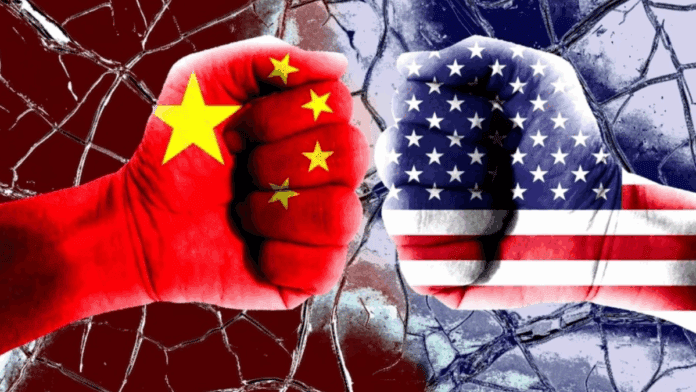China has once again reduced its holdings of US government debt, marking the third month in a row of steady cuts. This move comes as trade tensions with Washington continue to rise and fresh concerns emerge over America’s growing federal debt. The shift is raising eyebrows among global investors and adding fuel to an already heated economic standoff between the world’s two largest economies.
China Pulls Back from US Debt Again
China has cut back its investment in US government debt for the third month in a row. In May, it reduced its holdings of US Treasury bonds to $756.3 billion, down slightly from $757.2 billion in April. This drop brings China’s holdings to their lowest point since March 2009, according to data from the US Treasury Department.
China was once the biggest foreign holder of US debt, but in recent months, it has slipped behind Japan and the United Kingdom. Japan now holds about $1,135 billion, and the UK follows with $809.4 billion.
The move comes at a time when the United States and China are facing rising trade tensions. Both countries have introduced new restrictions on each other’s exports, leading to uncertainty in global markets. Some experts believe China may be reducing its holdings as a way to protect itself or send a message during this period of economic stress.
⚔️ U.S. and China locked in shadow spy war over secrets in silicon
Trade War Sparks Financial Concerns
In May, China and the US had agreed to a 90-day pause in their trade war after talks in Geneva, which had already affected businesses in both countries. However, peace was short-lived. The United States soon announced new export rules, and China responded with controls on rare earth exports, materials critical for many high-tech products.
This growing conflict between the world’s two largest economies raised fears of a spillover into financial markets. Some analysts warned that Beijing might begin to offload even more of its US Treasuries. There was also talk in Washington about possibly removing Chinese companies from US stock exchanges, which added more pressure to already strained ties.
Lian Ping, chairman of the China Chief Economists Forum, warned in May that while full-scale US financial sanctions against Beijing were unlikely, the financial sector could still “become a new battleground.”
US Debt Ceiling Bill Adds to Worries
Adding to the concerns, in May, the US House of Representatives passed a major tax and spending bill backed by former President Donald Trump. Known as the “One Big Beautiful Bill Act,” it included a proposal to raise the US federal debt ceiling by $5 trillion.
???? Magnet wars begin! China’s rare earth export ban sparks global supply chain meltdown
This bill raised alarms globally. Many countries, including China, began to worry about the sustainability of America’s rising debt. The bill was signed into law on July 4, but discussions about the US’s financial future had already started affecting foreign investment decisions in May.
Despite China’s sell-off, overall foreign holdings of US debt increased in May, reaching $9.05 trillion, according to Treasury data. This was the third month in a row that the total stayed above the $9 trillion mark. Most of these purchases came from private foreign investors, who added $333.2 billion worth of securities. However, official foreign institutions, like central banks, pulled out $22.1 billion, signaling a mix of trust and caution.
Even as China pulled back, Japan and the UK increased their investments in US debt, showing a split among major economies on how to respond to America’s growing financial risks.
In just three months, China has cut more than $10 billion from its US Treasury holdings. The mix of trade conflicts, export restrictions, and rising US debt has created a stormy financial environment. All eyes are now on how these two global giants will manage the growing pressure between them.


